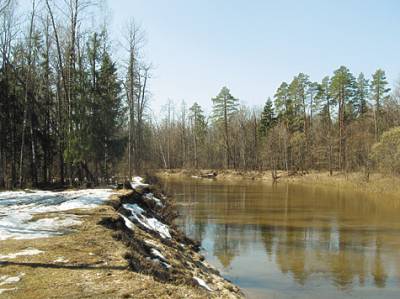The famous Scandinavian knives, which in common parlance is called “Finca”, benchmark knives for hunting and fishing.
Handmade knife — something not only unique, but also extremely useful in the wild. Craftsmen spend on the making of one knife for several months. The production process consists of forging, forming blades. The famous Scandinavian knives, which in common parlance is called “Finca”, benchmark knives for hunting and fishing and rightfully so.
The story of Finland begins even before the iron age. The first knives with blades of stone or bone dated 8000 years BC and have a lot in common with the current models. In Finland this knife is called puukko” (puukko) from the word “puu” (tree), which means “a knife with a wooden handle”.
The roots of “Finca” must be found in Finland, and on the territory of modern Sweden. That was the first forge and the first knives, their characteristics are similar to the current one. In the XII century in the Swedish parts of Scandinavia had a knife, called “pook”. Blacksmiths Suomi only picked up the tradition and gave the knives those things that now are different Scandinavian knives.
The Finnish sheath knives start decorating darkening pattern, painted in red and to mount engraved brass plates. Moreover, the knife hung on the chain, swinging freely when walking to pay attention to its owner. Arm of the Finnish knives were made of wavy or curly birch and later birch bark.
With the handle puukko not be confused with anything: she almost always has a round, rarely slightly flattened barrel-shape.
The handle is the Finnish knife is most often made from hardwood and joined to the handle without rivets or screws. In the fishing puukko knife master so selects the ratio of the weight of the blade and hilt, that even falling into the water, the knife does not sink, and sticking in the water float.
The Finnish knife is not a weapon, and instrument of labor. Therefore, a real Finnish knife in its present form has not a drop of aggression in appearance. The reason for this lies in the features of Finnish nature. While neighboring tribes waged a bitter struggle among themselves for the redistribution of land, the Finnish people retreated into the forests to the North, until he was on the edge of the earth.
Industrial production of “Fink” started in Finland in 1830, when the factory for the production of metal products Fiskars were invited experts on making knives from England and Sweden. It was the best for its time, the professionals. They have learned many Finnish craftsmen, who then disseminated the new knowledge throughout Finland. Most of the specimens of kitchen knives, made by the Finnish type, has served as a model for many later manufacturers “shivs”.








